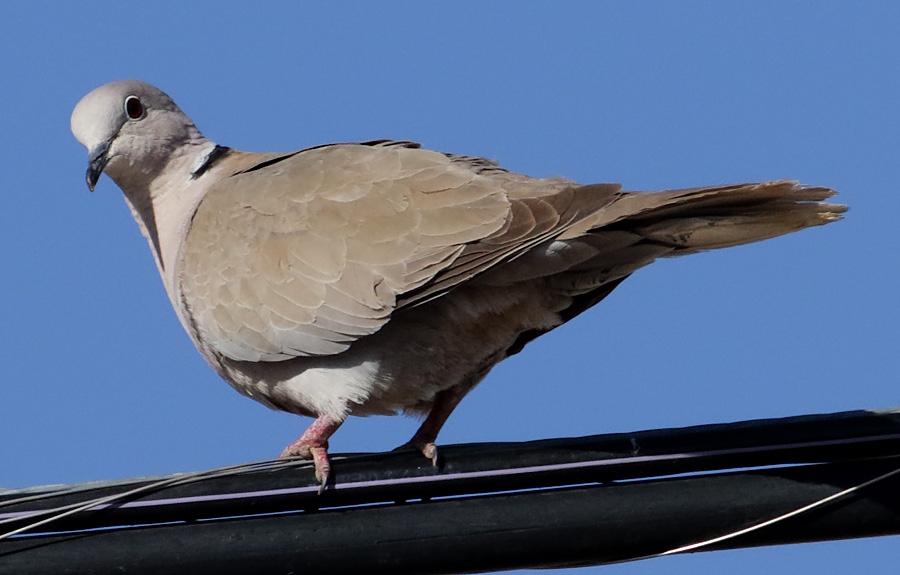
Eurasian Collared-Dove
Walt picked me up at my hotel in Queen Creek, and we headed south towards Mt. Lemmon. There were Eurasian Collared-Doves and White-winged Doves, and it seemed like Mourning Doves were everywhere.

Eurasian Collared-Dove
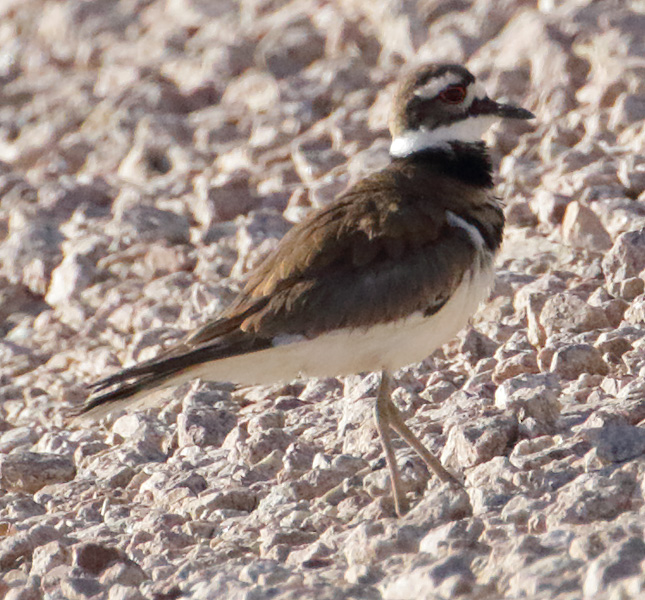
Killdeer
As we were driving near Coolidge, we spotted a large flock of birds. They were White-faced Ibises, and my first life bird species of the trip.

White-faced Ibises
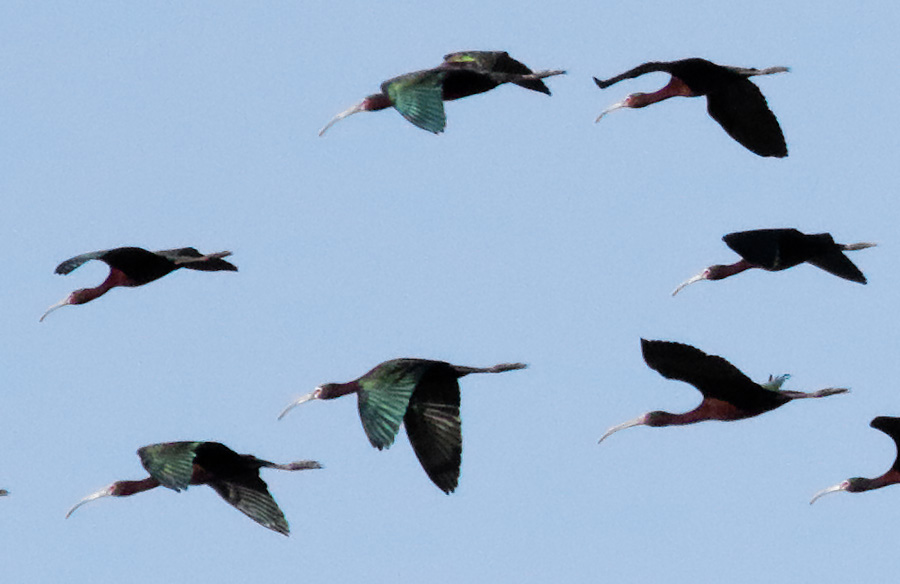
White-faced Ibises
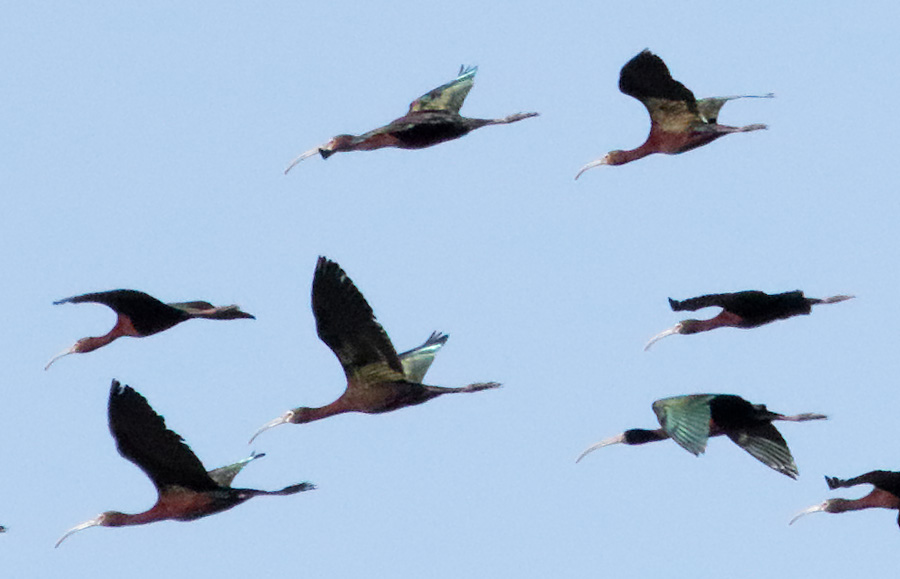
White-faced Ibises
We saw several Red-tailed Hawks that were quite varied in appearance.
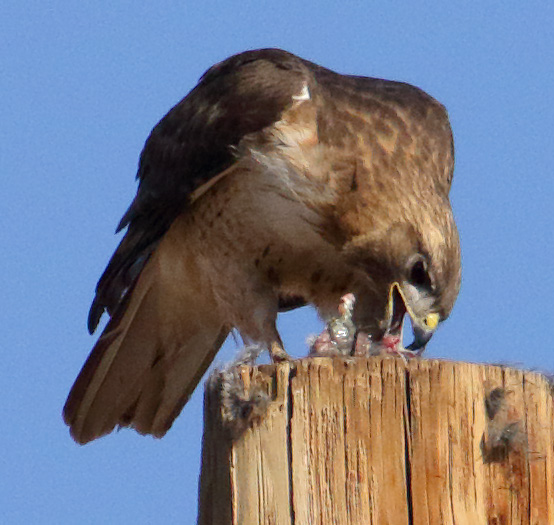
Red-tailed Hawk
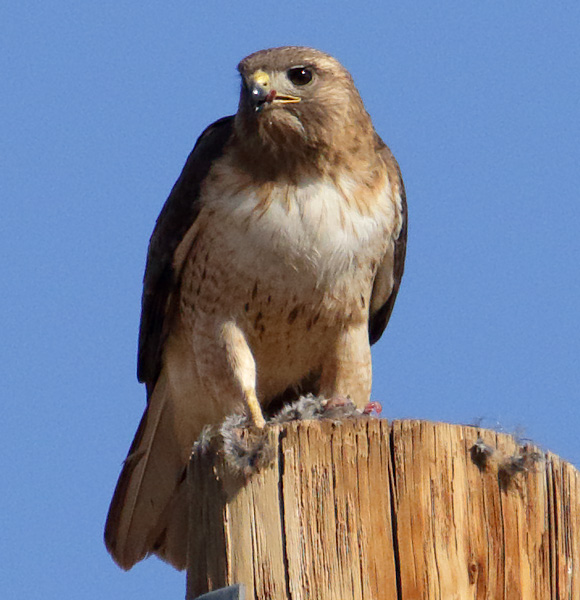
Red-tailed Hawk
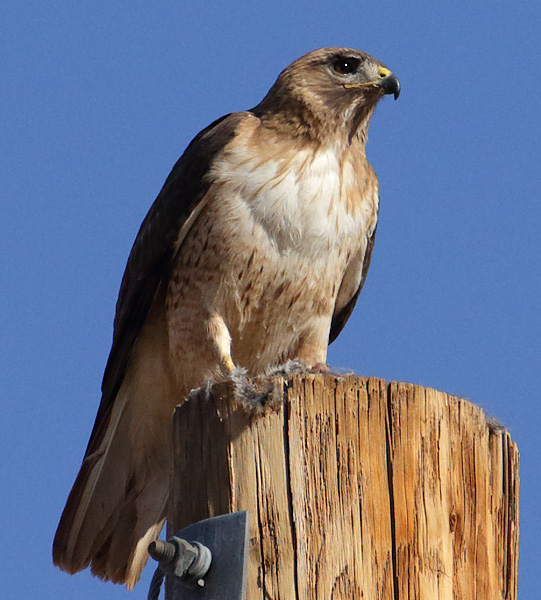
Red-tailed Hawk
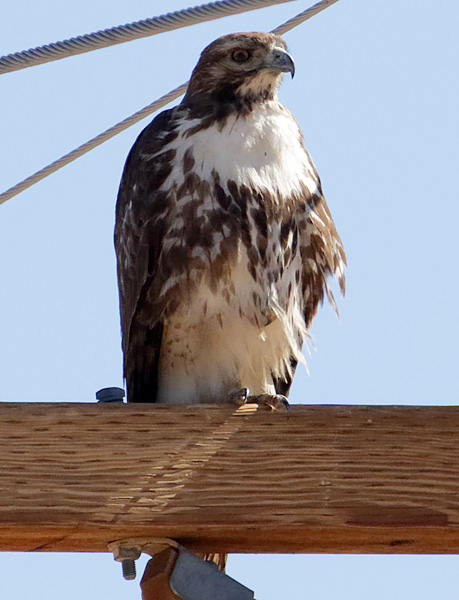
Red-tailed Hawk
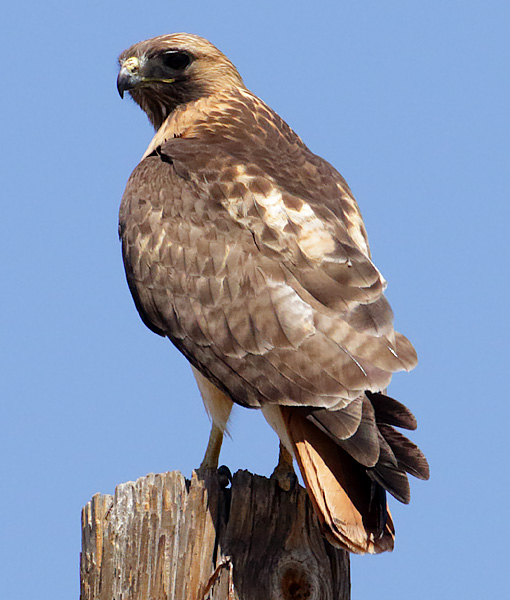
Red-tailed Hawk
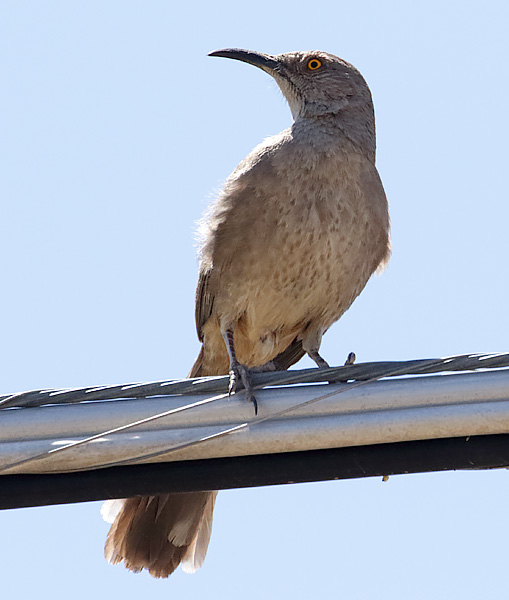
Curve-billed Thrasher
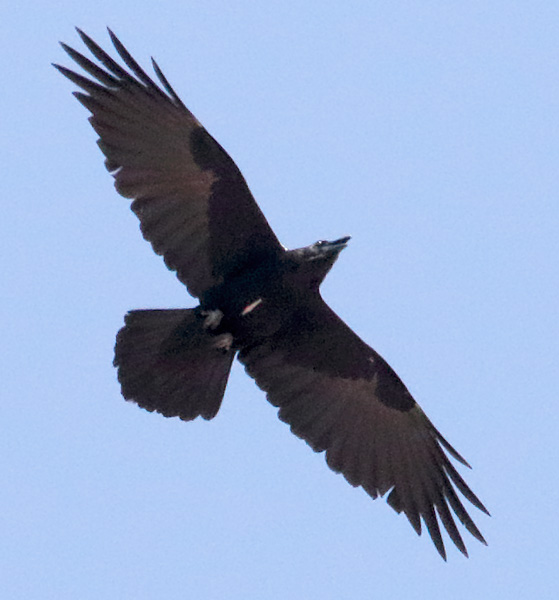
Chichuahuan Raven
We drove through Tucson, and made our way to Mt. Lemmon. Mt. Lemmon is located in the Santa Catalina Range, and rises from the desert floor to its summit elevation of 9,159 feet. The 27 mile long paved road gave us some great views and multiple birding stops. It was neat to see saguaro cacti starting to bloom at the lower elevations.
|
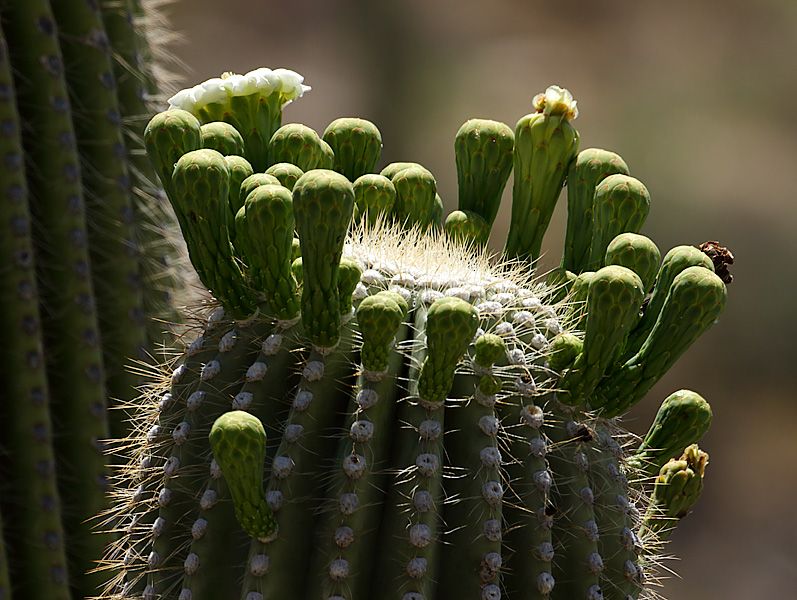
Saguaro cactus
As we drove up the mountain, avian species changed along with the elevation.
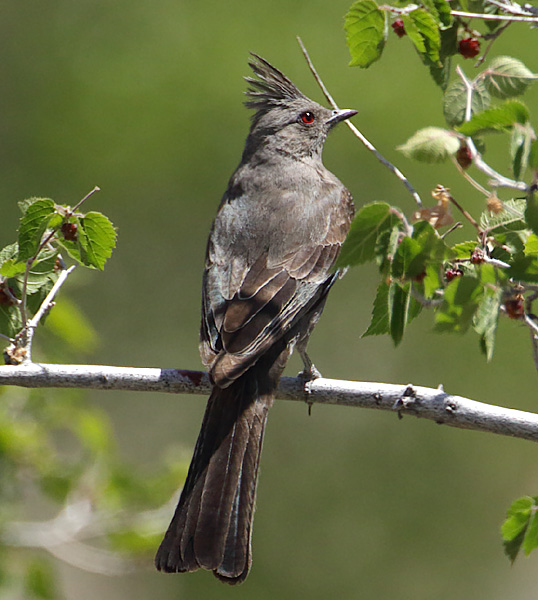
Female Phainopepla
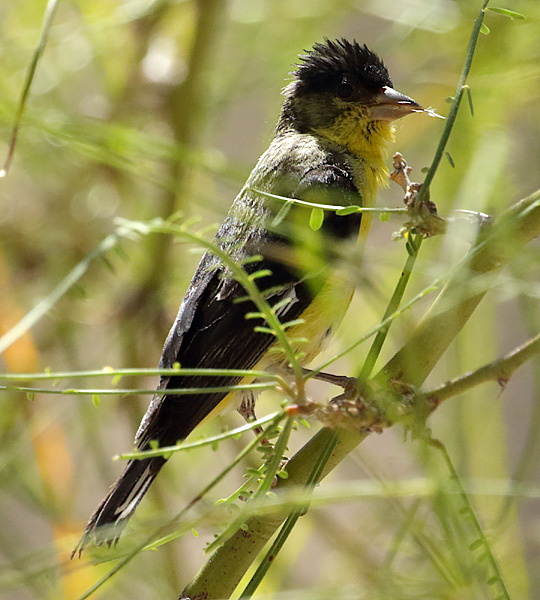
Lesser Goldfinch
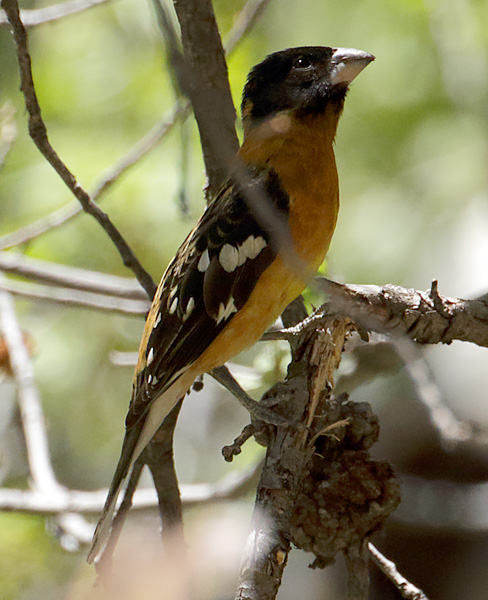
Male Black-headed Grosbeak
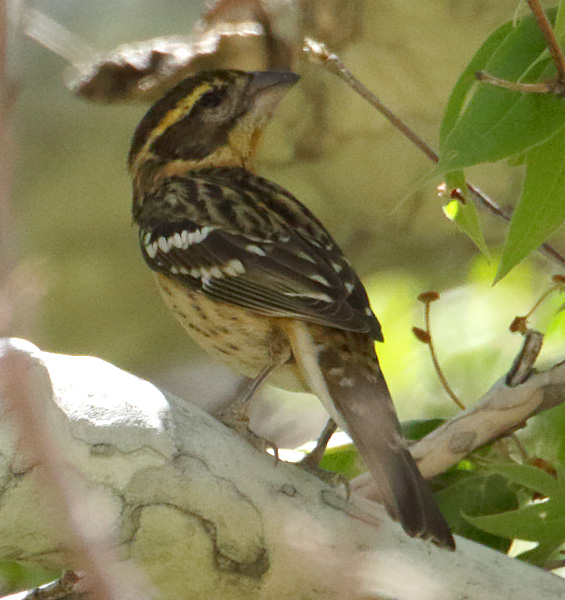
Female Black-headed Grosbeak
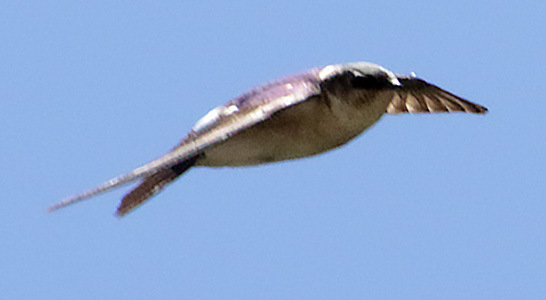
Violet-green Swallow
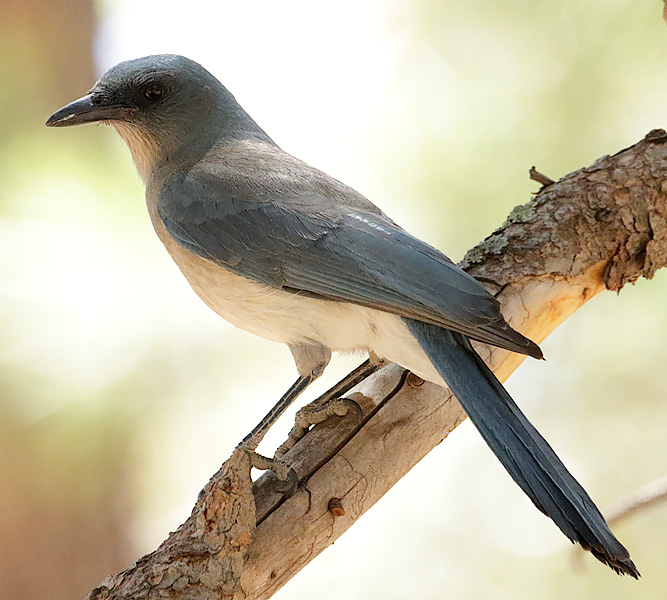
Woodhouse's Scrub-Jay
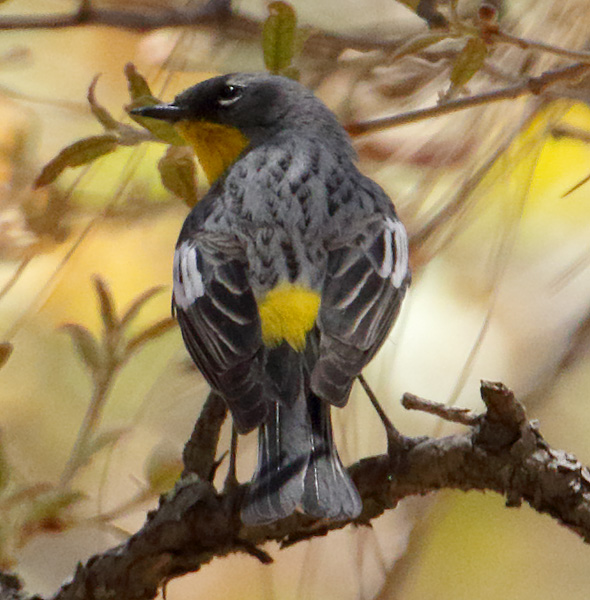
Yellow-rumped Warbler (Audubon's subspecies); note red streaks on throat
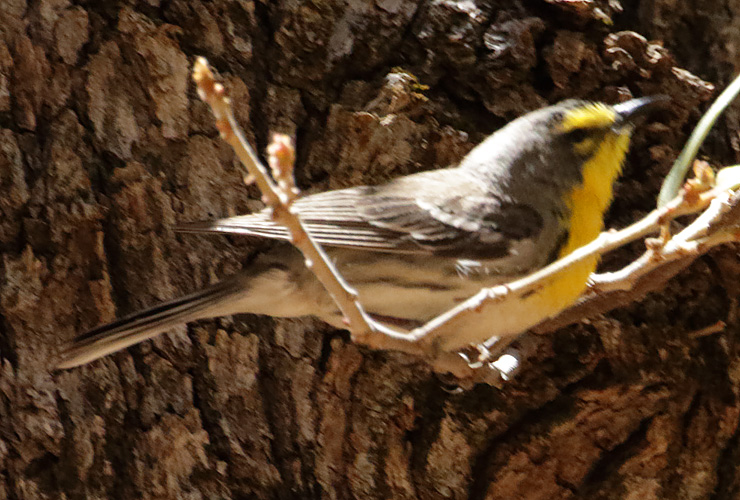
Grace's Warbler
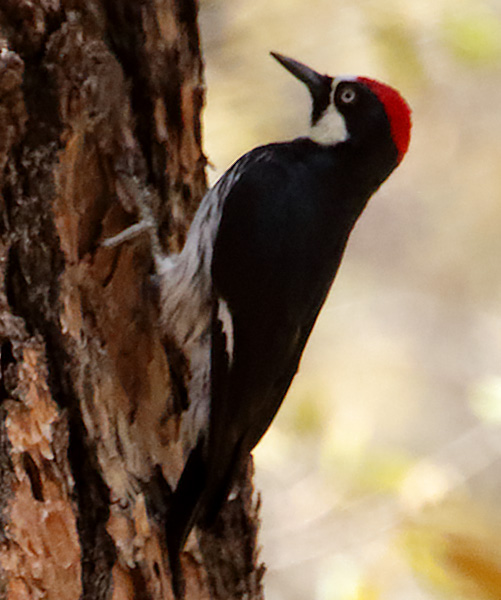
Acorn Woodpecker
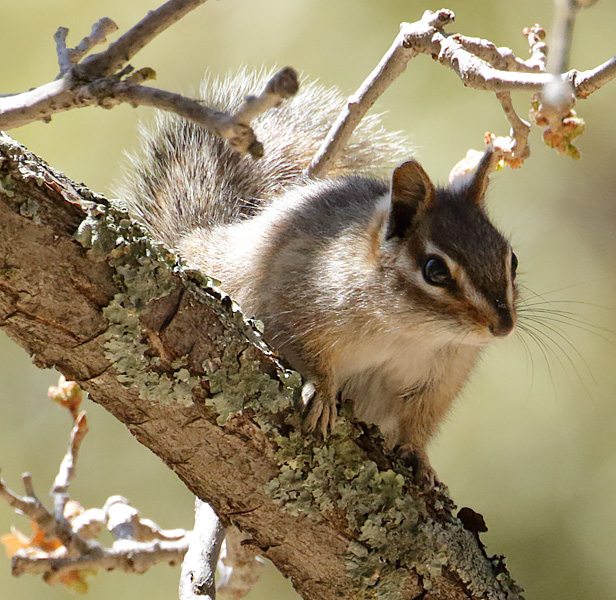
Cliff Chipmunk
We got off the main road near the 7,000 foot elevation, and birded in Rose Canyon. I thought that I might had gotten a new wren species as its song was different to me, but it was a House Wren.
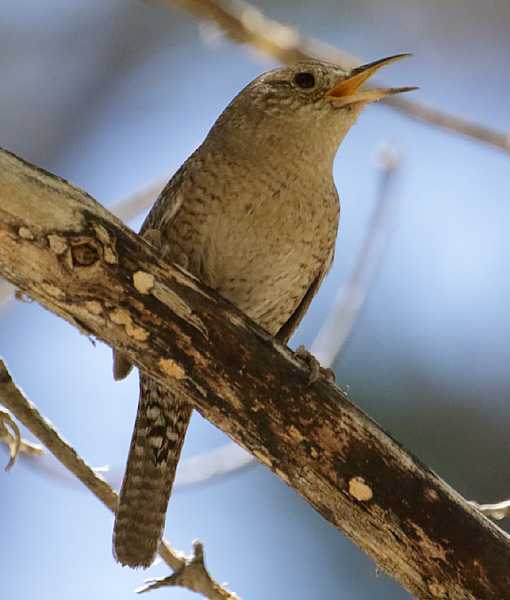
House Wren
There was lots of avian activity here, and I got my first ever Virginia's Warbler, although I didn't know it then. It wasn't until I started processing my photos back home in Virginia that I realized what I had photographed.
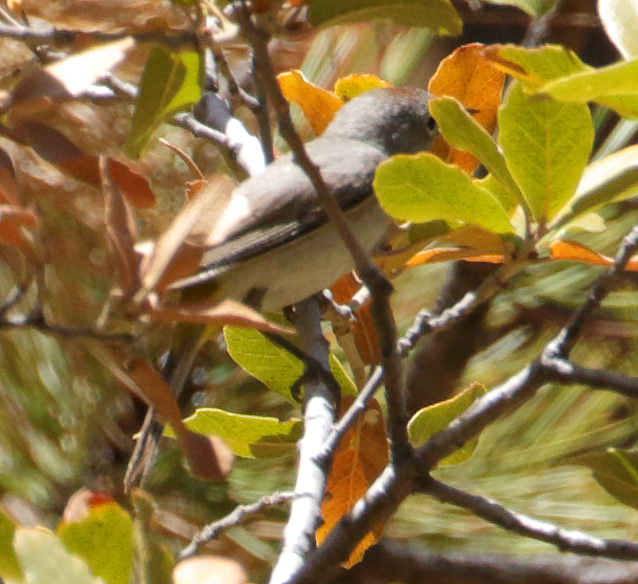
Virginia's Warbler
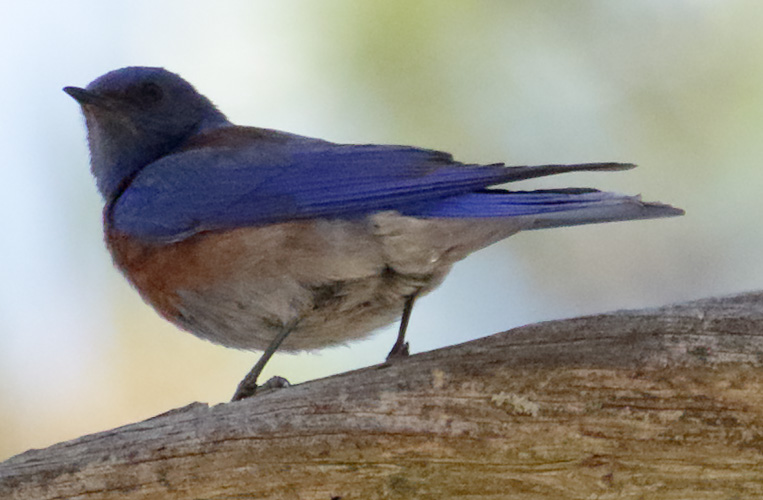
Western Bluebird
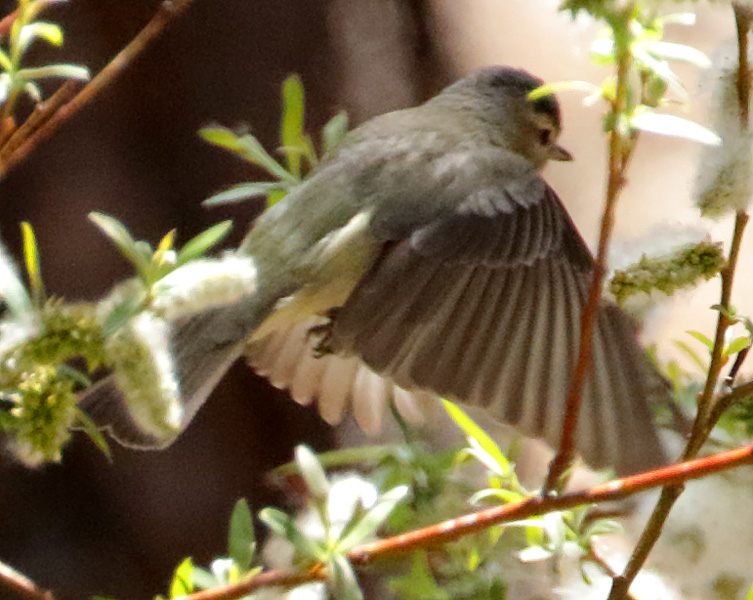
Northern Beardless-Tyrannulet
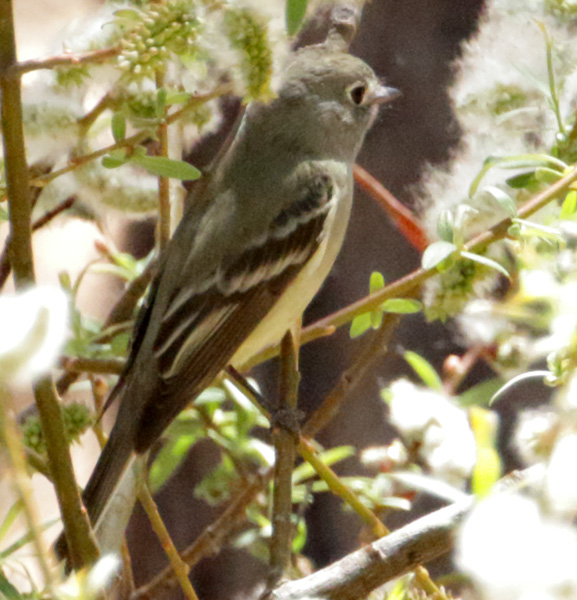
Dusky Flycatcher
There was a brushy area where I saw some warblers flying around. The first ones I saw were Wilson's Warblers.
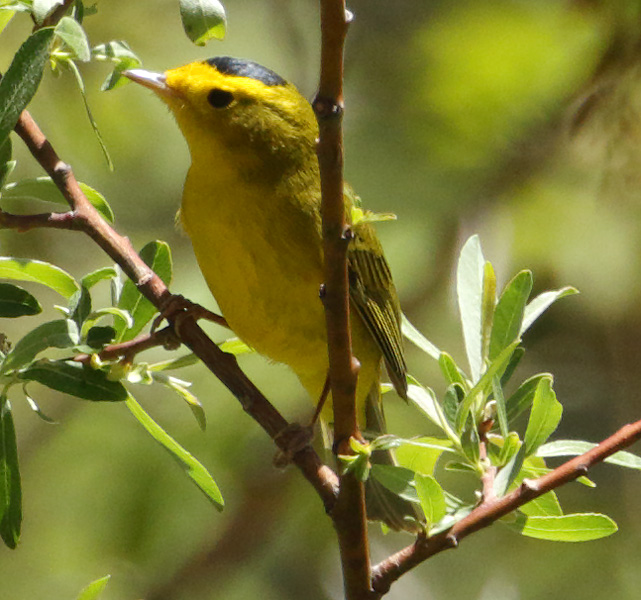
Wilson's Warbler
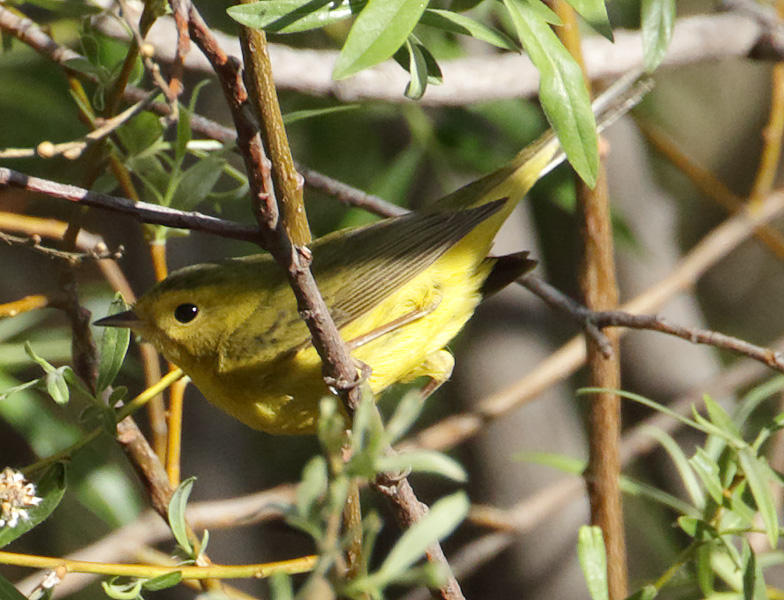
Wilson's Warbler
And then I got my first two Red-faced Warblers, and a female, Black-throated Gray Warbler.
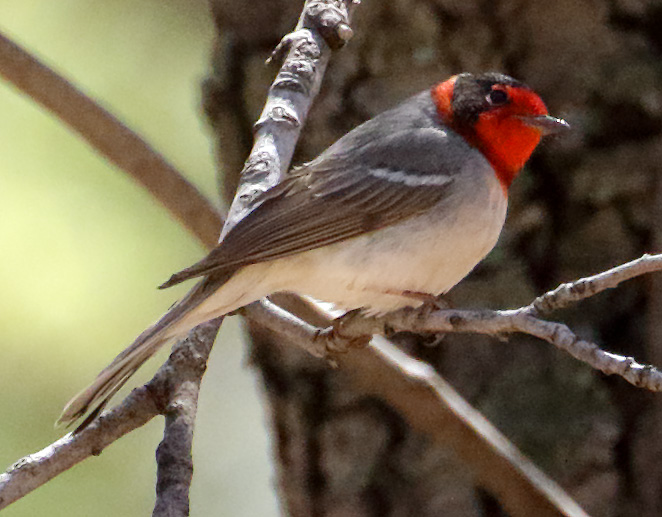
Red-faced Warbler
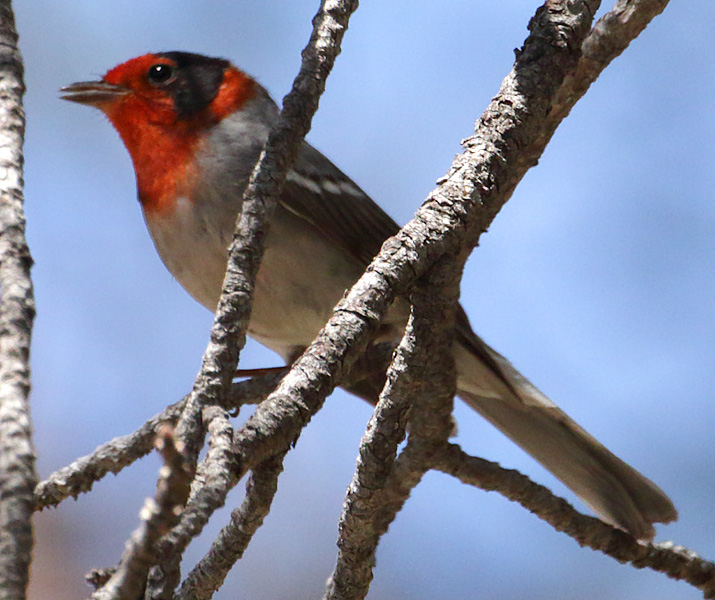
Red-faced Warbler
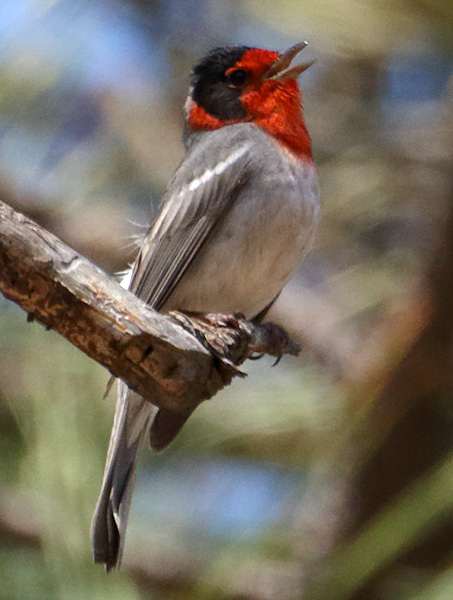
Red-faced Warbler
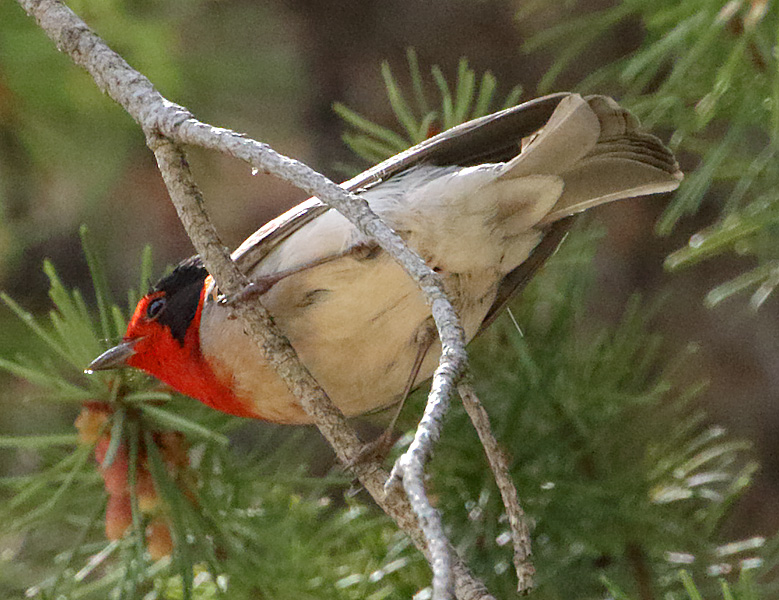
Red-faced Warbler
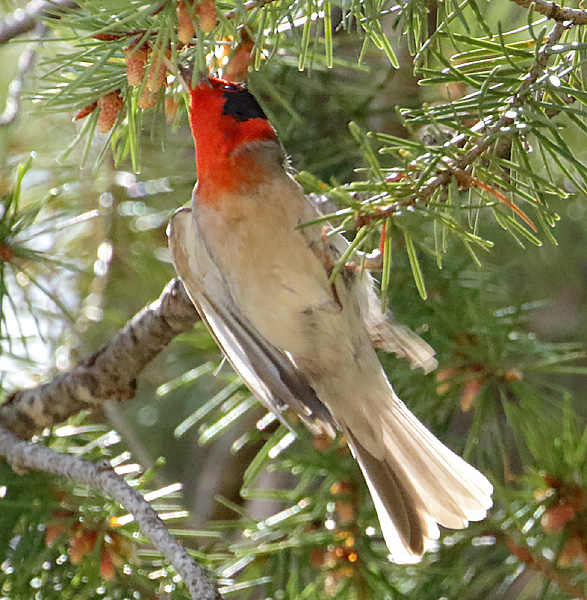
Red-faced Warbler
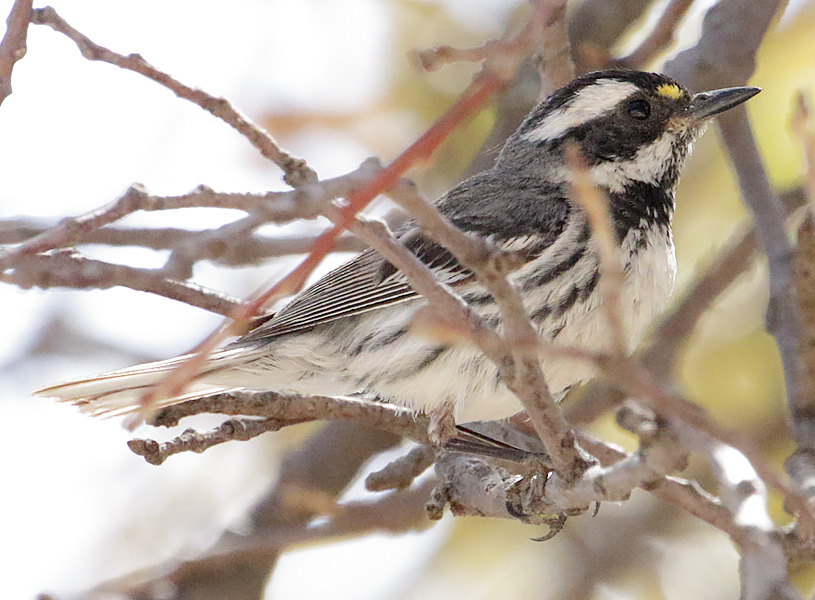
Black-throated Gray Warbler
I also saw one or two Warbling Vireos.
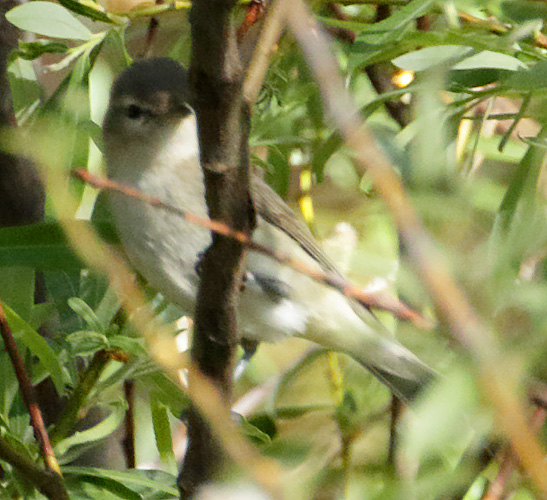
Warbling Vireo
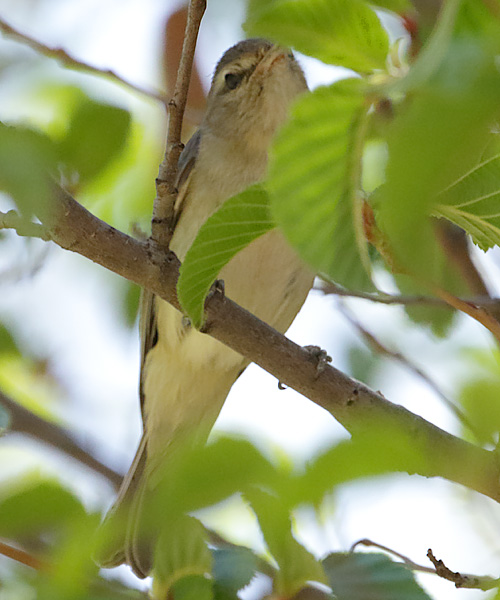
Warbling Vireo
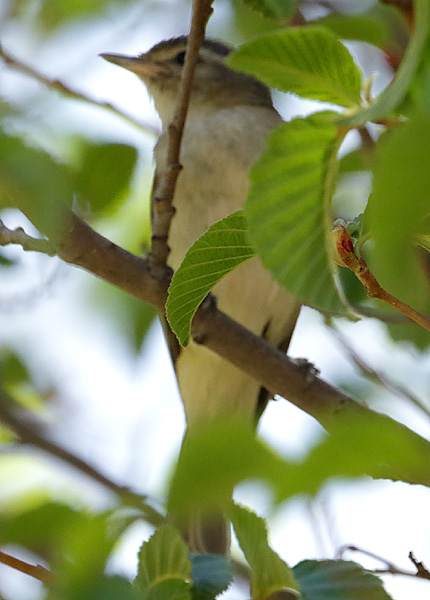
Warbling Vireo
We continued birding at higher elevations.
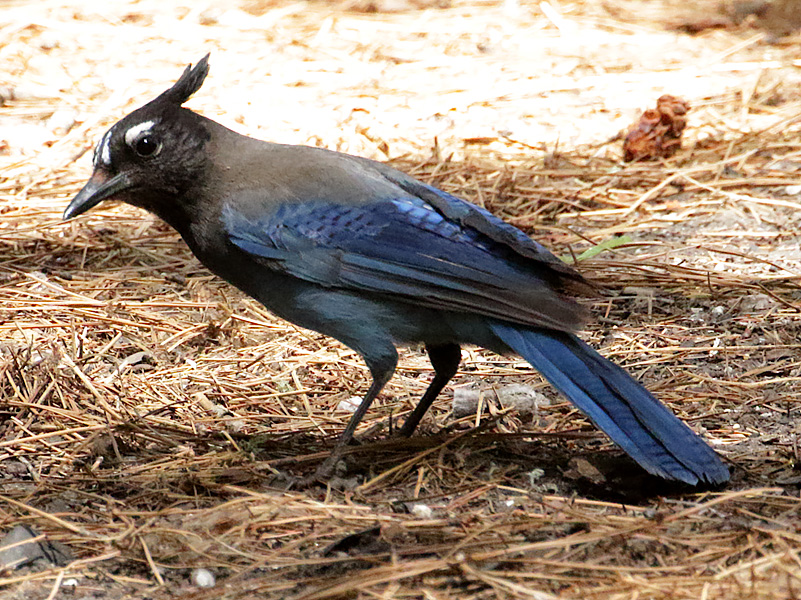
Steller's Jay (Interior West subspecies)
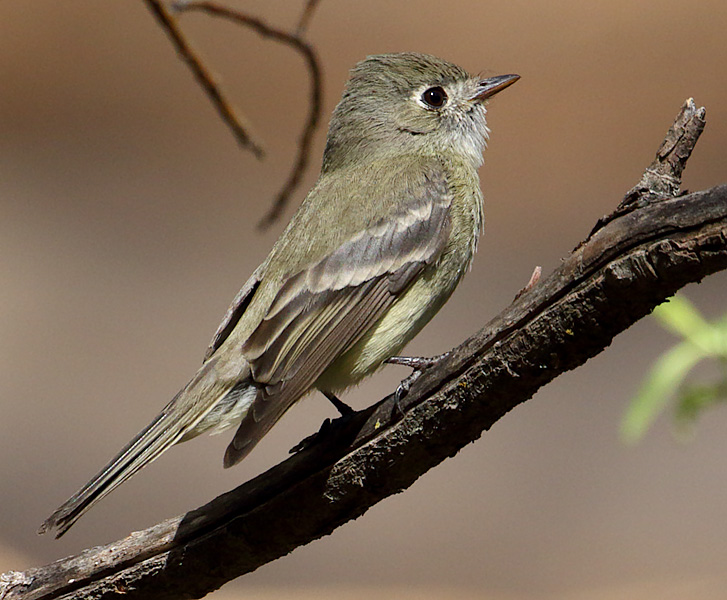
Cordilleran Flycatcher
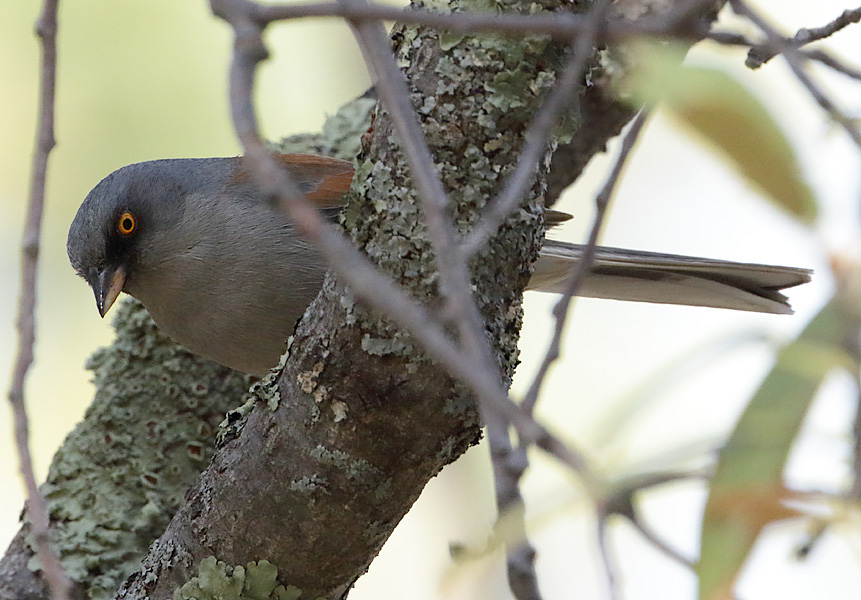
Yellow-eyed Junco
After a great birding day, we headed back down Mt. Lemmon. As we neared the base, a Zone-tailed Hawk put on a show for us.
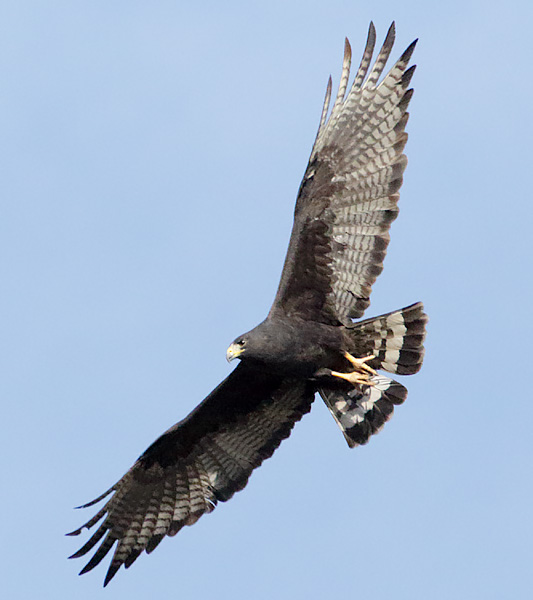
Zone-tailed Hawk